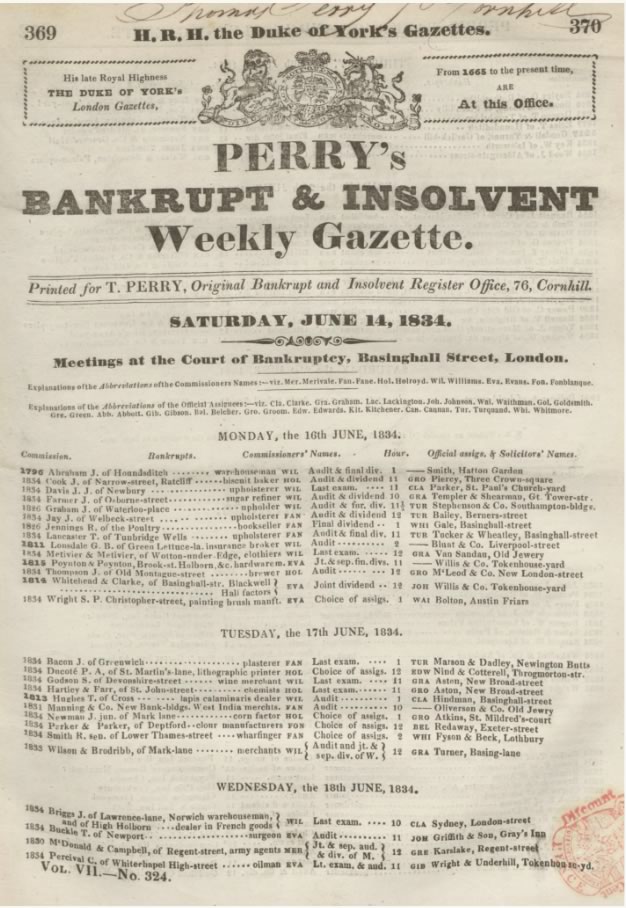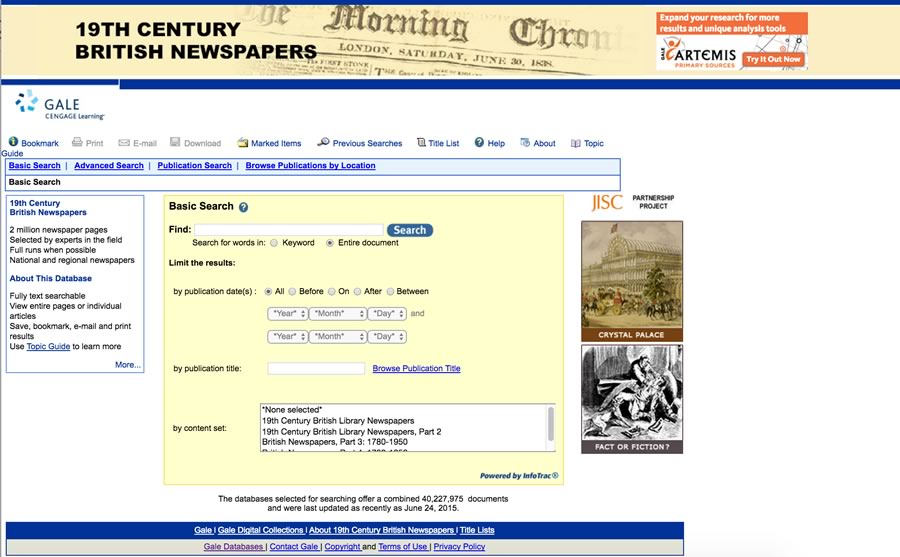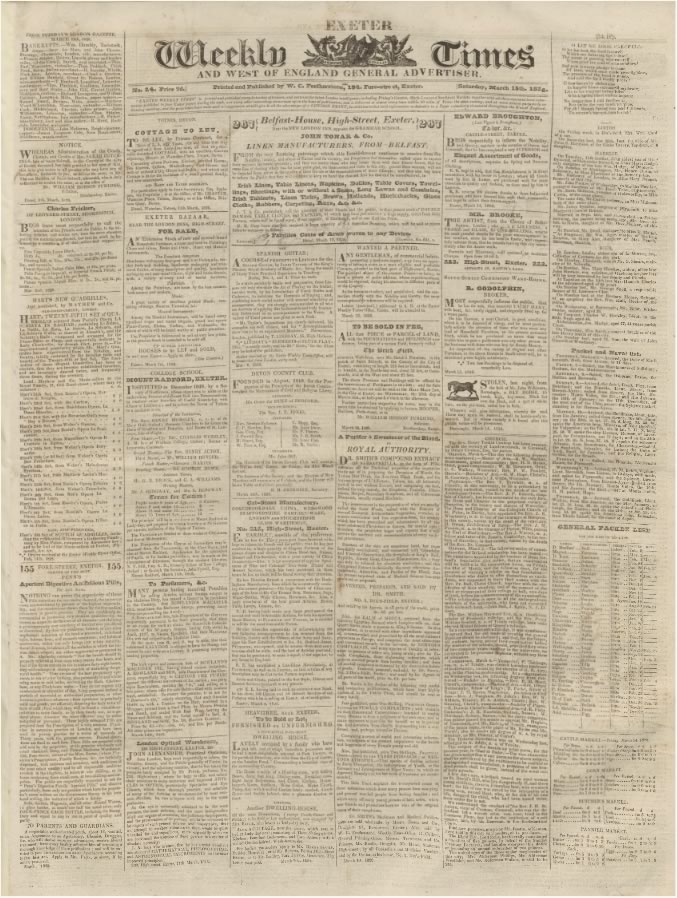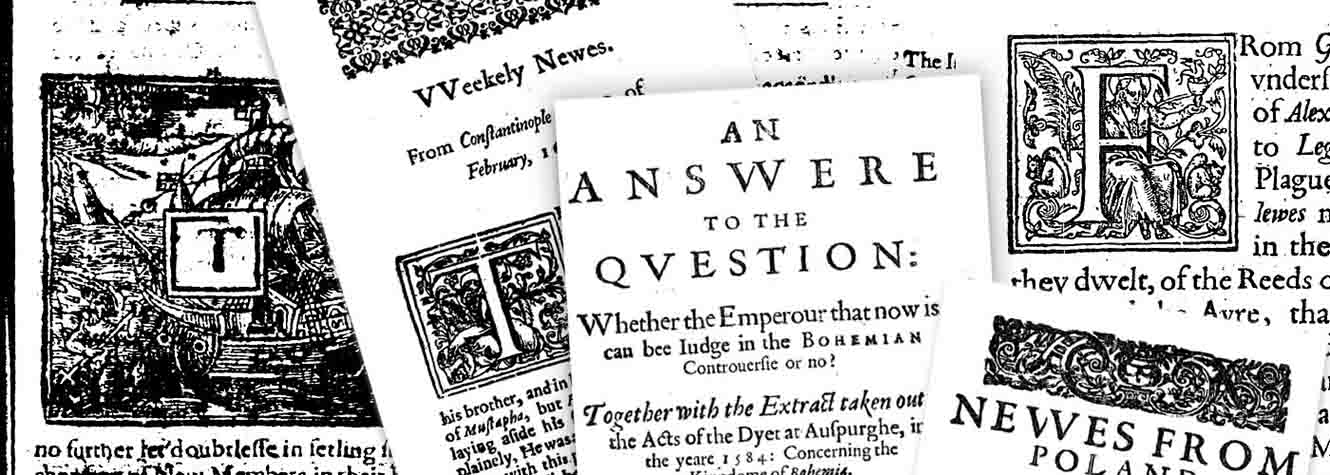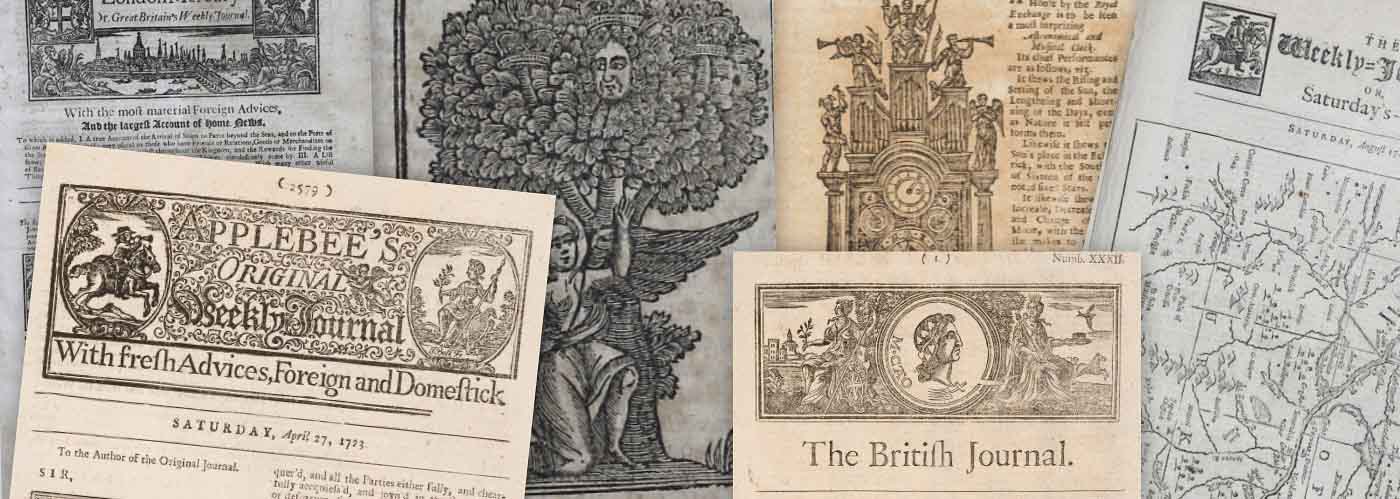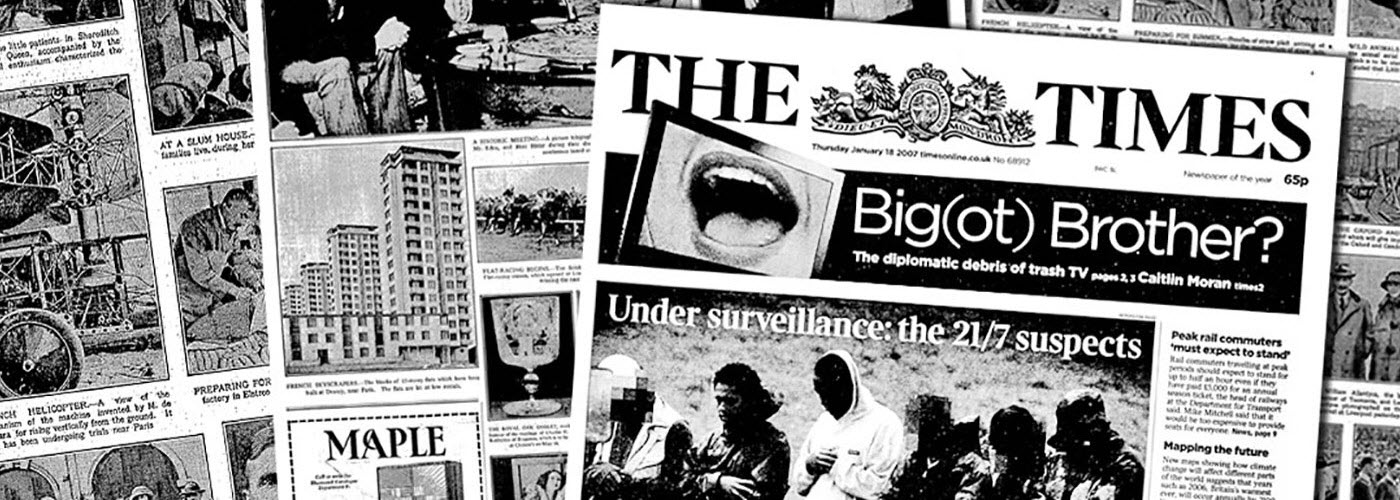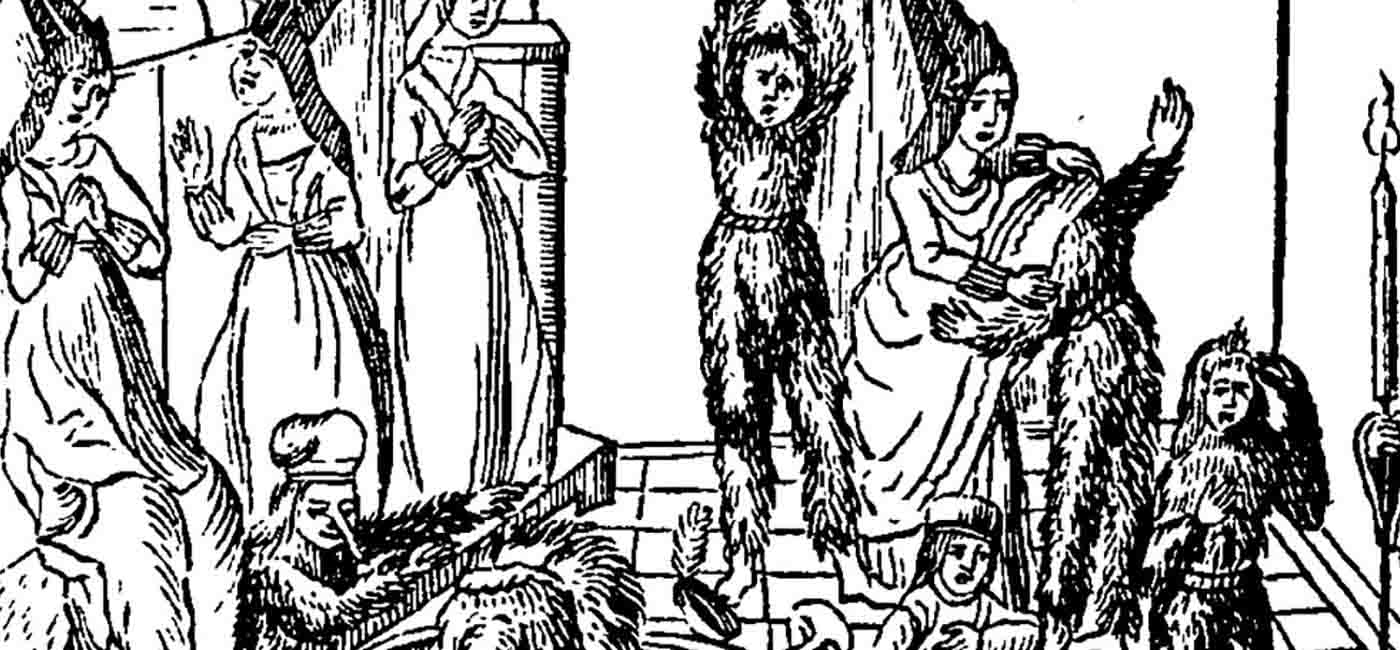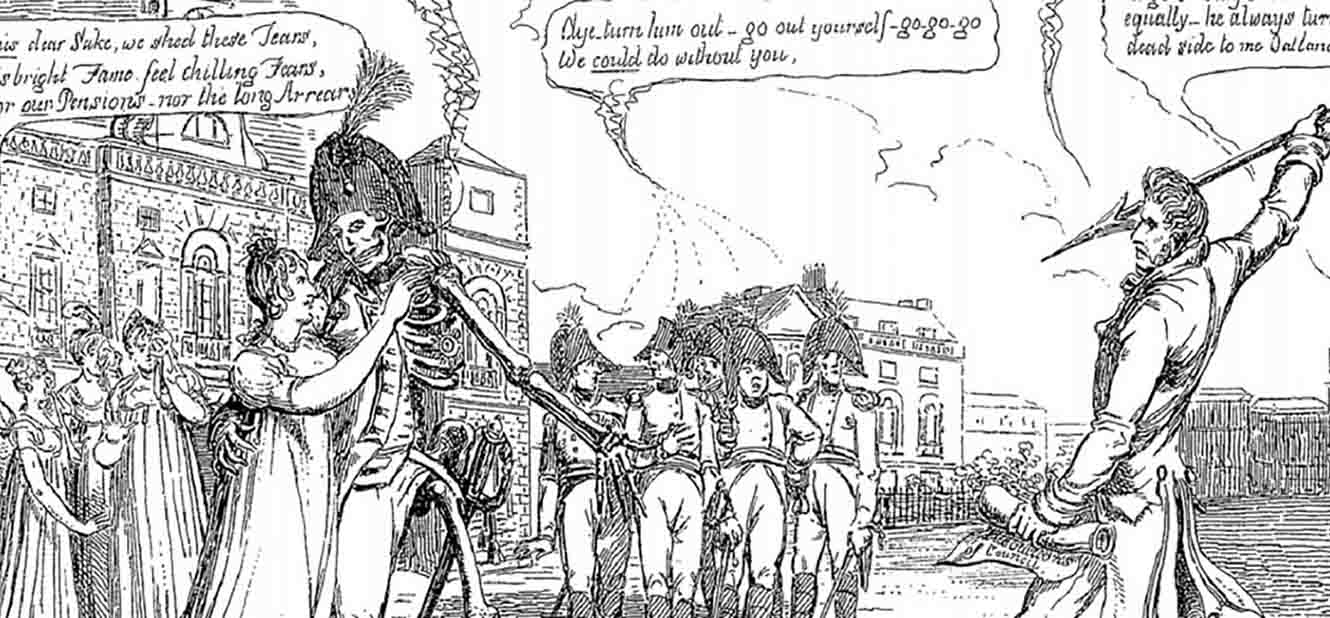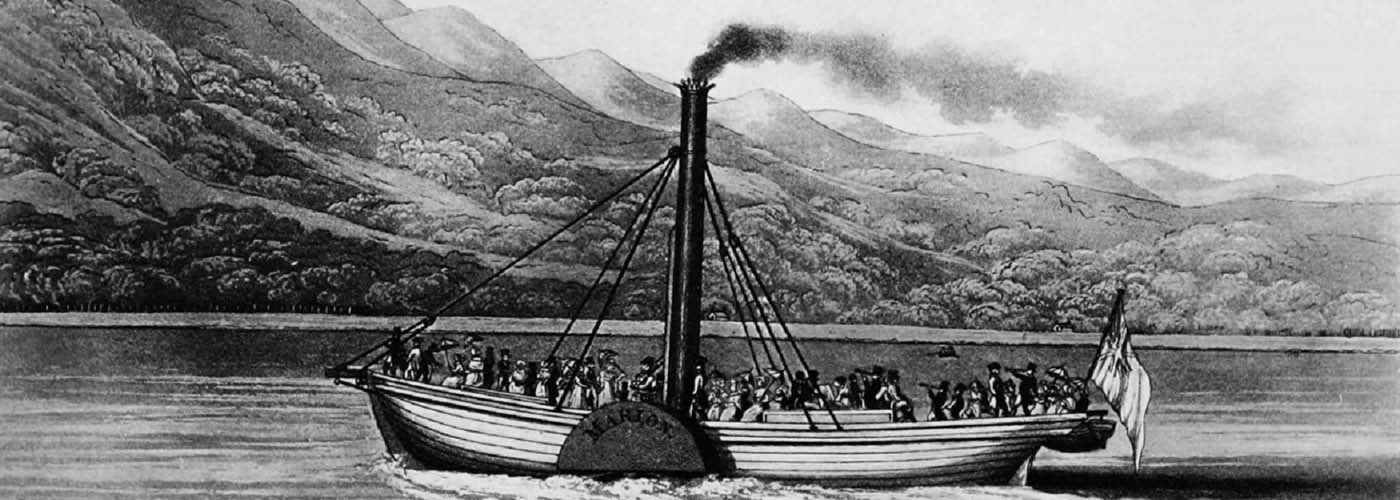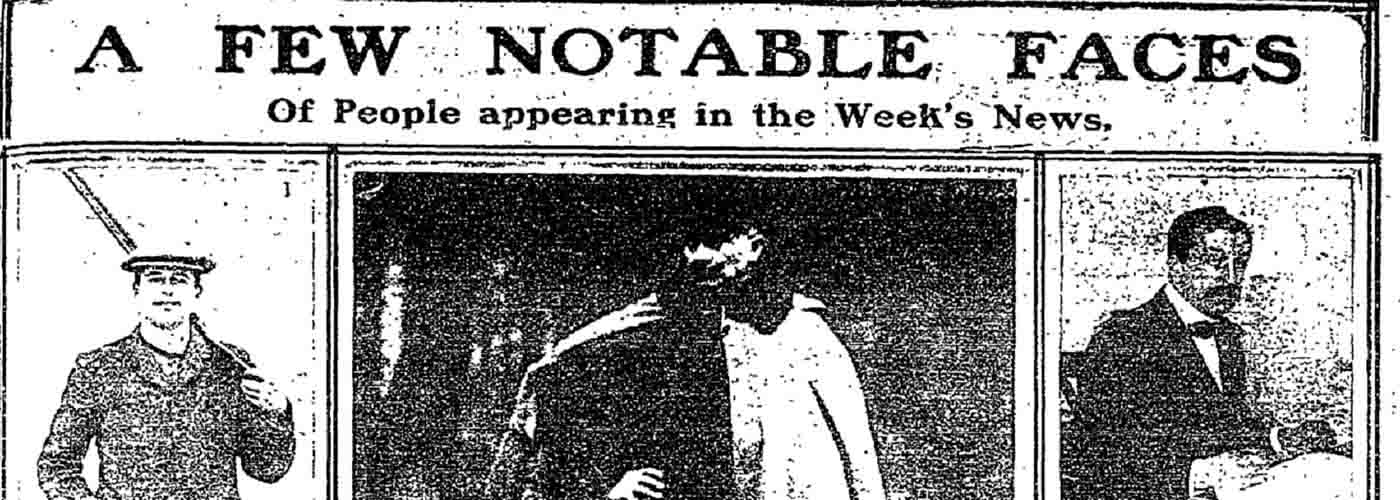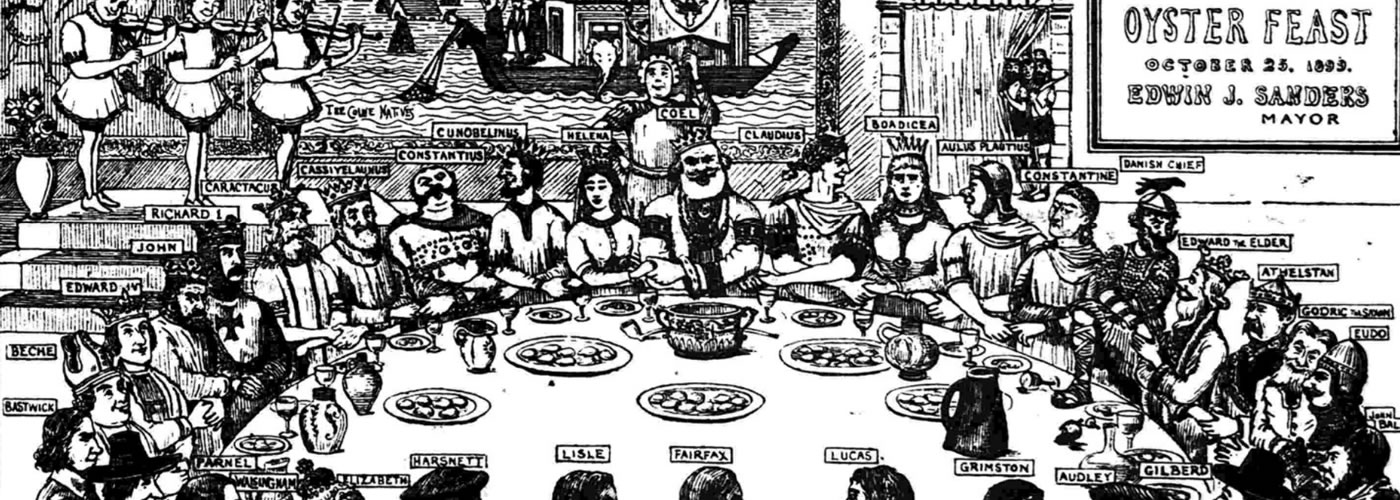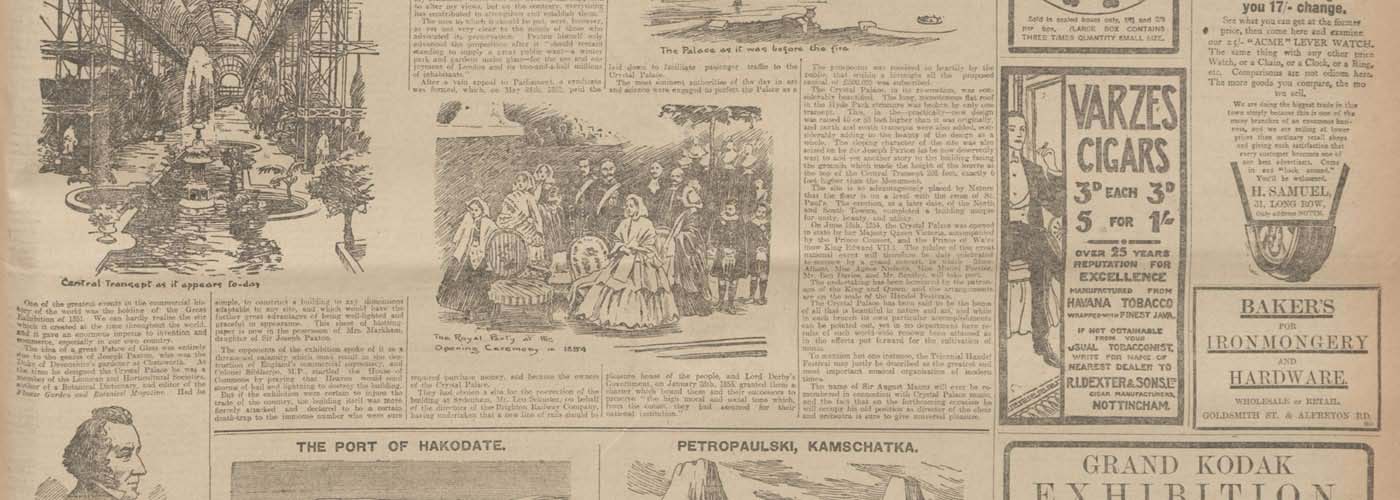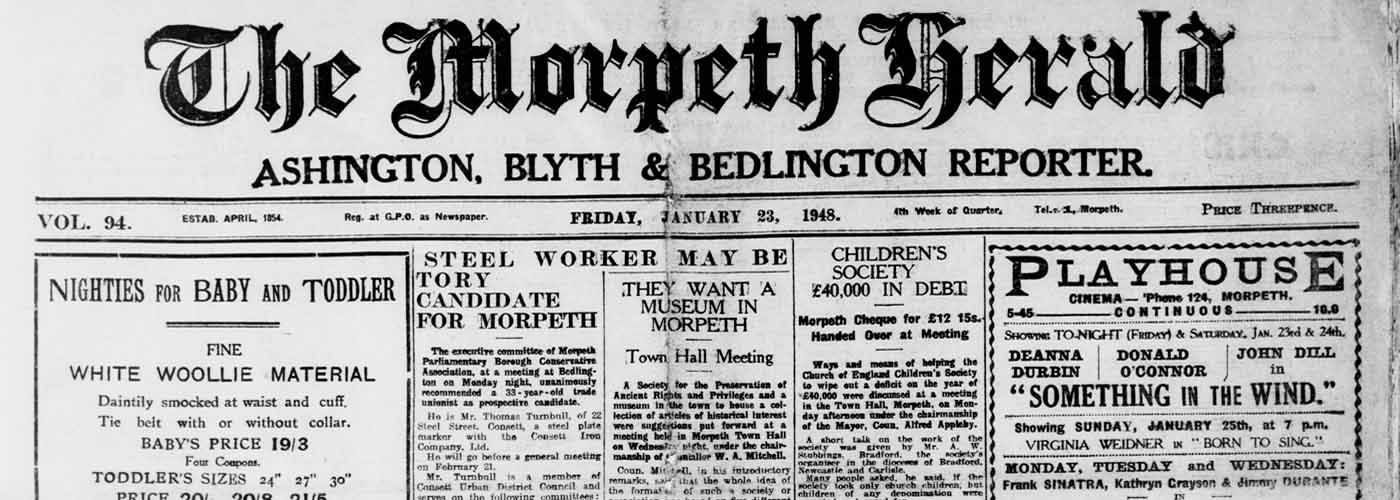Enhance your understanding of regional life and culture in Britain across parts of three centuries with a trove of local newspaper coverage and first-hand accounts
British Library Newspapers, Part III: 1741-1950 is part of the British Library Newspapers series, providing researchers with the most comprehensive collection of national and regional newspapers of eigheenth-, nineteenth-, and early twentieth-century Britain. Taken directly from the extensive holdings of the British Library, the selected publications provide coverage of well-known historic events, cultural icons, sporting events, the arts, culture, and other national pastimes. At a time when newspapers were emerging as a prerequisite medium of commercial-minded societies and major cities, their pages — from articles to advertisements — provide researchers with unique, first-hand perspectives.
In the years since their release, the first installments of the British Library Newspapers series, British Library Newspapers Parts I and II, have transformed the nature of nineteenth-century research for scholars and students. Building upon the success of these parts, Gale is pleased to announce the release of British Library Newspapers, Part III, 1741-1950. With an additional 35 titles (and more than 1 million pages), Part III further extends the range of English regional newspapers and expands the views represented by the series.
Part III encompasses powerful provincial news journals like the Leeds Intelligencer and Hull Daily Mail, local-interest publications such as the Northampton Mercury, and specialist titles such as the Poor Law Unions’ Gazette. Other noteworthy titles in Part III include the Westmoreland Gazette, whose early editor, Thomas De Quincy (of Confessions of an English Opium Eater), was forced to resign due to his unreliability.
The British Library Newspapers series offers researchers access to three centuries of British newspapers, supporting research in history, literature, Victorian studies, genealogy, fine arts, finance and economics, political science, and more.
Titles included in Part III: 1741-1950:
- Perry's Bankrupt Gazette (London)
- Newcastle Journal (Newcastle upon Tyne)
- Cornishman (Penzance)
- Leicestershire Mercury (Leicester)
- Norfolk Chronicle (Norwich)
- Poor Law Unions' Gazette (London)
- Newcastle Guardian and Tyne Mercury (Newcastle upon Tyne)
- Leeds Times (Leeds)
- Stirling Observer (Stirling)
- Birmingham Gazette (Birmingham)
- Cork Examiner (Cork)
- Essex Newsman (Chelmsford)
- Bucks Herald (Aylesbury)
- Northampton Mercury (Northampton)
- Leeds Intelligencer (Leeds)
- Hastings and St. Leonards Observer (Hastings)
- Morpeth Herald (Morpeth)
- Derbyshire Times and Chesterfield Herald (Chesterfield)
- Hereford Journal (Hereford)
- Western Times (Exeter)
- Sheffield Evening Telegraph (Sheffield)
- Devizes and Wiltshire Gazette (Devizes)
- Manchester Courier and Lancashire General Advertiser (Manchester)
- Sunderland Daily Echo and Shipping Gazette (Sunderland)
- Tamworth Herald (Tamworth)
- Chelmsford Chronicle (Chelmsford)
- Portsmouth Evening News (Portsmouth)
- North Devon Journal (Barnstaple)
- Hull Daily Mail (Hull)
- Exeter and Plymouth Gazette (Exeter)
- Westmoreland Gazette (Kendal)
Look Inside
Additional Details
subjects covered
- British Studies
- European Studies
- Western European Studies
- Gender & Women's Studies
- Humanities & Social Sciences
- Sociology
- Religion & Philosophy
- Science & Technology
Support Materials
View and download these PDFs
Platform Features & Tools
Term Frequency
Researchers can see the frequency of search terms within sets of content to begin identifying central themes and assessing how individuals, places, events, and ideas interact and develop over time.
Topic Finder
By grouping commonly occurring themes, this tool reveals hidden connections within search terms—helping to shape research by integrating diverse content with relevant information.
Cross-Search Capability
Search across the content of complementary primary source products, including books, in one united, intuitive environment, enabling innovative new research connections.


